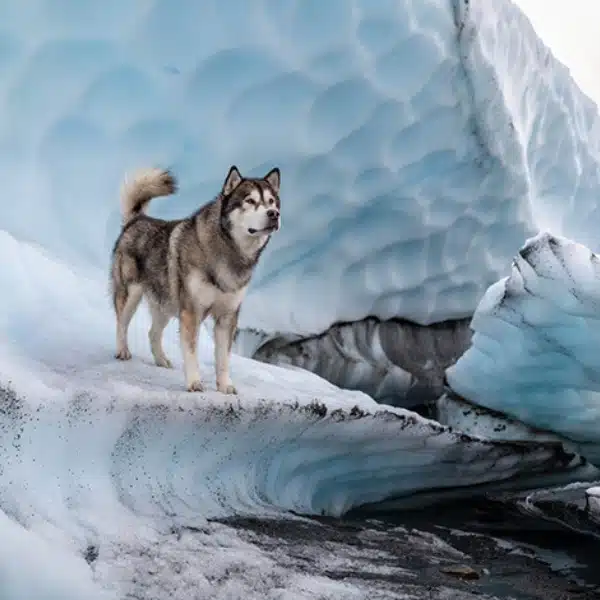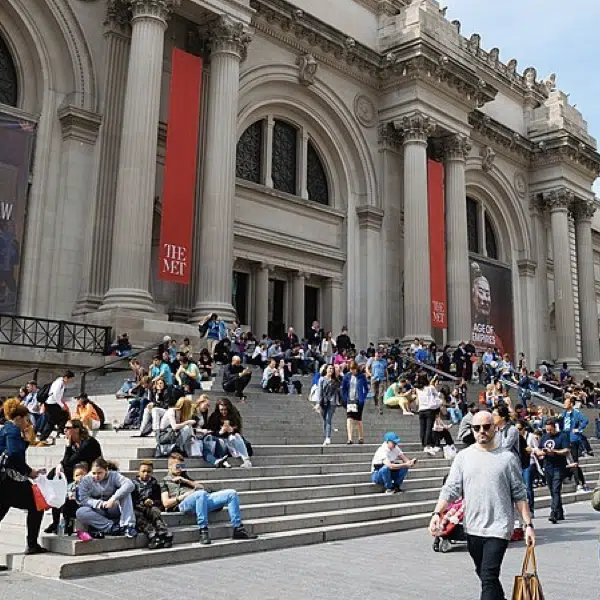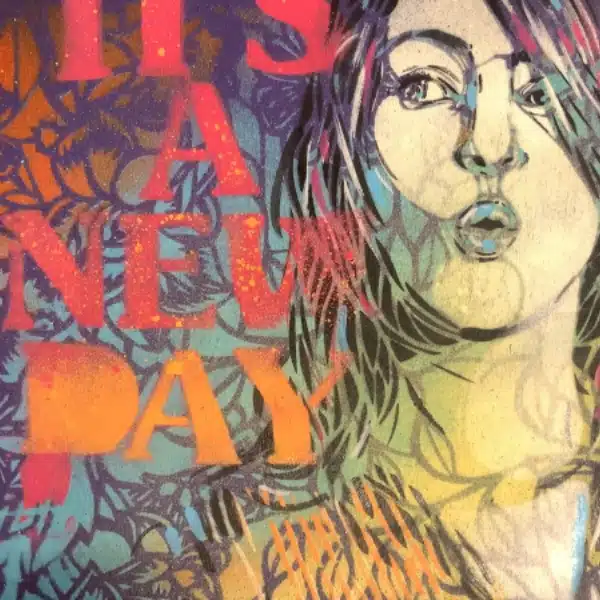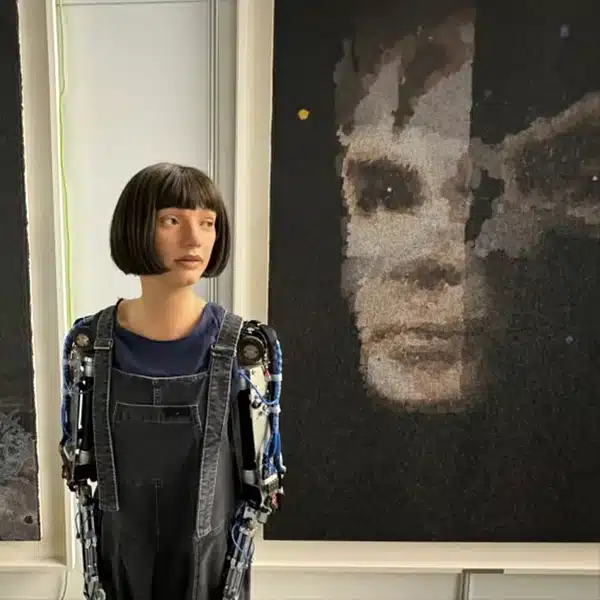
With the use of a relatively simple photography technique, Italian artist Haari Tesla has reduced the cosmos to a microscopic level. Her series, Illuminated Code From Space, is experimentation in tilt-shift manipulation. By digitally adjusting the depth of field, contrast, and adding a gradient, Tesla has managed to transform photos of nebulae, galaxies, and supernovae into microorganisms. It’s incredible to look at these images and realize that they are actually photos of the largest place we know, rather than of something so small it can’t be seen with the naked eye.
The initial idea for the series came from the Greek Neo-Platonic schema of macrocosm and microcosm. Essentially, this is the recognition that the same traits appear in entities of many different sizes. Plato wrote about how we see these patterns reproduced in all levels, from the largest scale (macrocosm, or the universe) all the way down to a microscopic level (also know as microcosm).
Tesla’s artistic process involves research and experiments. After viewing other tilt-shift photography, she decided to try it for herself by using publicly distributed images of space. She's interested in the intersection of art and science, and combines them here in a spectacular way.































































































